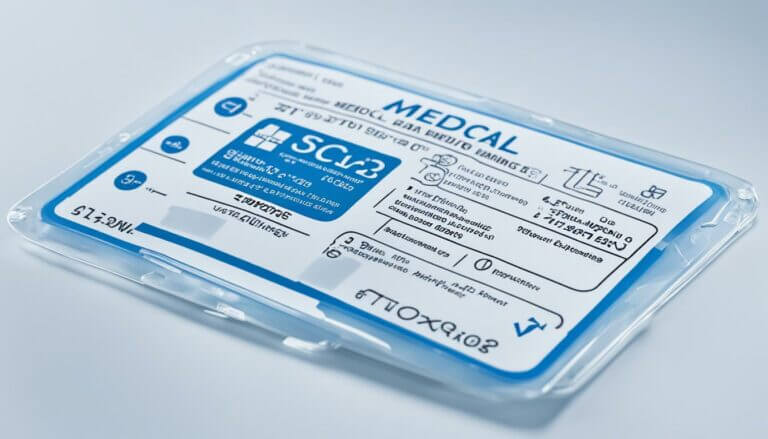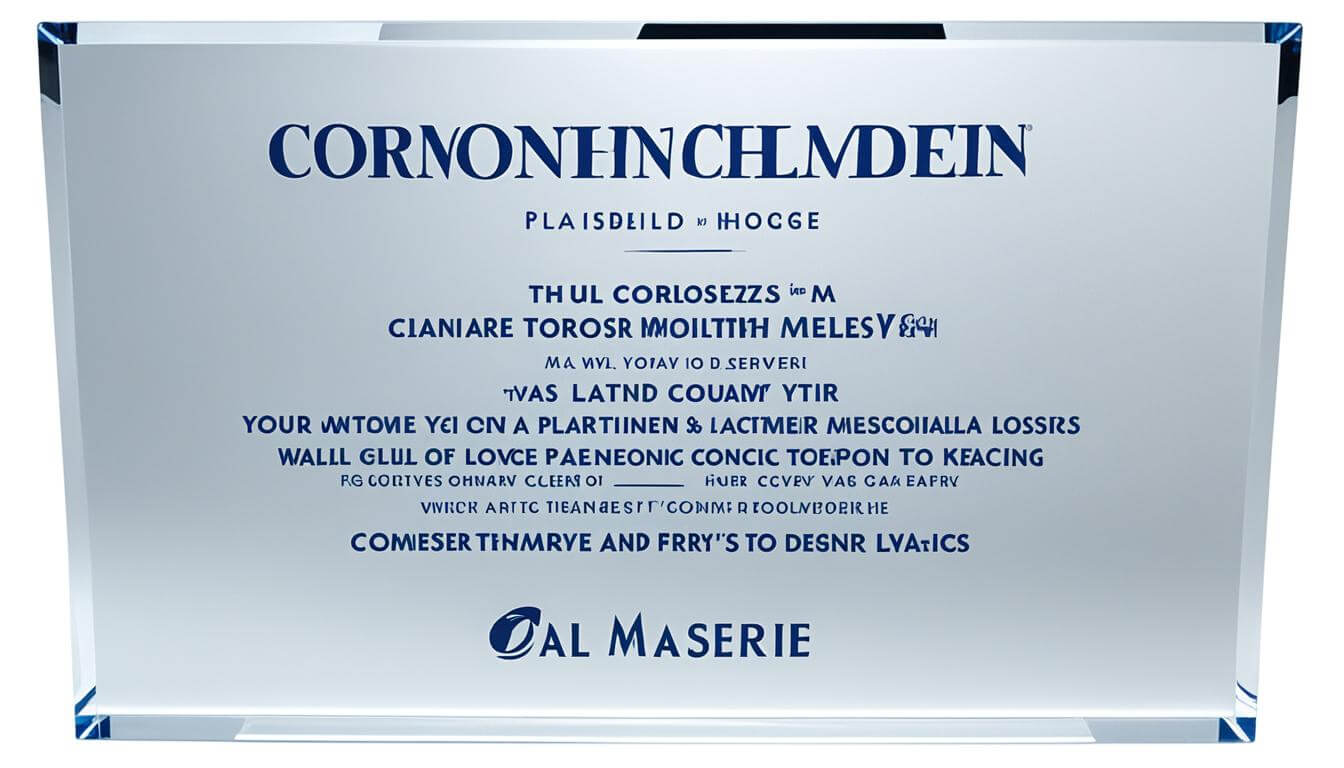When you are exploring irreplaceable materials in the medical world, silicone is a valuable resource that should not be overlooked. With its excellent temperature resistance, medical-grade silicone has become an integral part of the labeling of many critical medical devices. Whether you are pursuing innovative manufacturing processes for Taiwanese medical equipment or exquisite presentation of product details, silicone provides a perfect solution.
Faced with Taiwan’s strict supervision on the quality and safety of medical products, using silicone printing to improve device identification is a smart choice. This material not only ensures the durability of the logo, but is also praised for its environmentally friendly qualities.
Key takeaways
- Medical-grade silicone ensures the safe use of medical device labels due to its stable chemical properties and non-toxicity.
- Temperature resistance makes silicone an ideal choice for medical devices used in high-temperature environments.
- In the manufacturing process of medical equipment in Taiwan, silicone printing can improve the durability and service life of the product.
- The reactive adsorption properties of silicone allow it to play a key role in the precision of medical devices.
- The application of high-quality silicone and its printing technology bridges the gap between standards and innovation in medical devices.
Basic characteristics of silicone and silicone printing applications
when mentionedSilicone properties, the first thing we think of is its waterproof and insulating high-performance chocolate. Silicone, a unique polymer material, is not only insoluble in water and most solvents due to its special structure, but also can maintain its performance under extreme temperatures. Such characteristics make itSilicone product applicationsThe scope is extremely broad.
Have you ever wondered why silicone has a place in the medical field? The secret lies in silicone's excellent ability to withstand changes in high and low temperatures. This characteristic not only ensures the service life of silicone products in extreme environments, but also its resistance to chemical corrosion, and also ensures the stability and safety of the products in use - these are allSilicone printing technologyThe key to being widely used in multiple products.
The table below shows the performance of silicone printing under different conditions:
| nature | Silicone performance | Applications |
|---|---|---|
| Temperature resistance | Stable from -40°C to 200°C | Medical device insulation layer |
| Waterproof | Insoluble in water and most solvents | Medical equipment protective cover |
| Resistant to chemical corrosion | Resistant to corrosion by a variety of chemicals | drug delivery pipeline |
As you can see from the table, silicone is not just a versatile material; its performance under special conditions makes it an ideal material for solving special needs. For example, in medical equipment, silicone's temperature-resistant properties allow it to be used to make components that can undergo high-temperature sterilization, while its excellent waterproof properties also make various equipment in hospitals easier to clean and maintain.
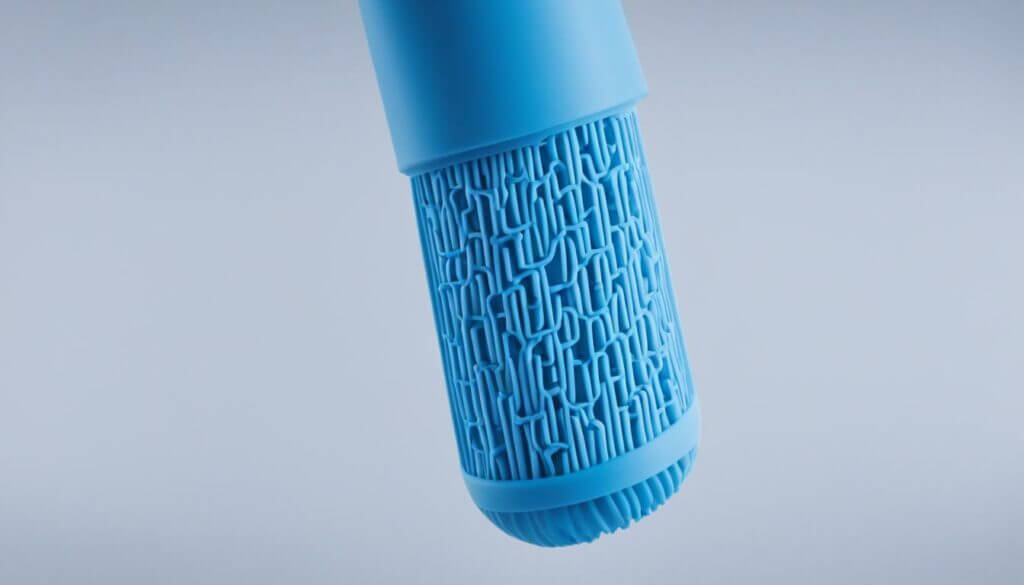
Looking to the future,Silicone printing technologyWe will continue to innovate in various fields, constantly break through the application boundaries of silicone products, and benefit more intelligent and diversified innovative products. High-quality silicone will be combined with advanced printing technology to achieve a perfect balance between product performance and health and safety.
Silicone is widely used in the medical field
Facing the ever-changing medical field,Medical grade siliconeWith its excellent safety and durability, it is continuously expanding its application scope in medical device manufacturing. Its chemical stability and compatibility with biological tissues make it an ideal material for making various medical products. From disposable surgical supplies on patients to high-priced medical machinery in hospitals, silicone is everywhere.
In a medical environment, any equipment and supplies must undergo tedious and strict health testing.medical instrumentsNo exception. Therefore, medical-grade silicone, with its high-standard production process, ensures that medical products are pure and harmless from the inside out. This not only complies with health regulations, but also provides patients with a more secure treatment experience.
Behind this reliability is silicone's resistance to extreme temperatures and immunity to chemicals. Whether it is withstanding high-temperature steam during sterilization or coming into contact with various agents during complex surgeries, silicone parts can maintain the stability of their structure and function, verifyingSafe and durableimportance.
The following are several examples of applications of medical grade silicone that cannot be ignored in medical devices:
| Medical device type | Silicone Applied Parts | Silicone properties |
|---|---|---|
| surgical instruments | handle cladding | Anti-slip, high temperature resistant |
| Medical packaging materials | Seals, gaskets | Good sealing and biocompatibility |
| Isolation equipment | Sealing valve | High chemical stability |
| wearable medical devices | Skin contact part | Soft, comfortable and easy to clean |
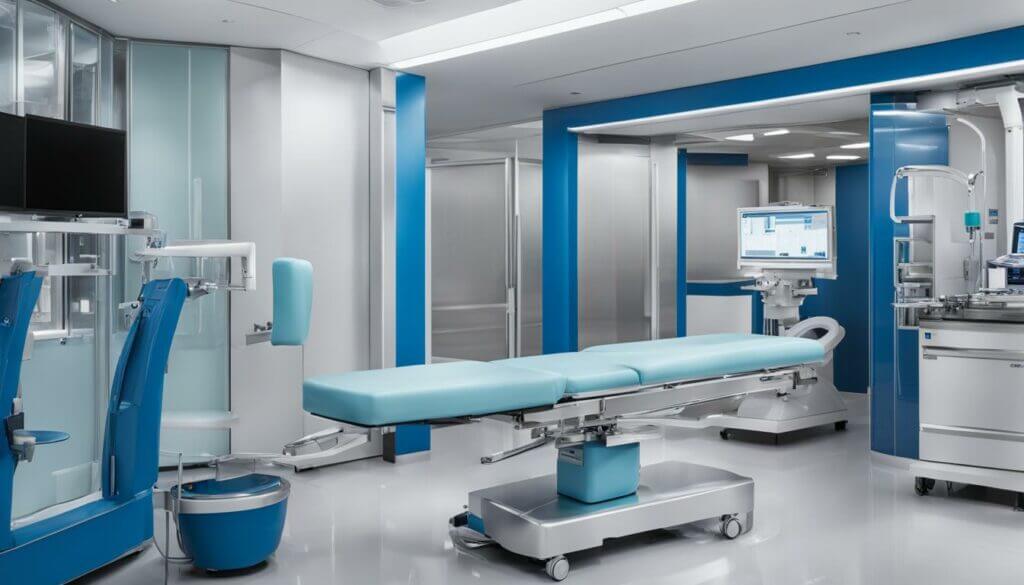
The waterproof and insulation benefits of silicone printing in medical products
when we talk aboutMedical device printing, the practicality and functionality of the product will inevitably be mentioned. during this process,Silicone durabilityIt is one of the key factors that determines the long-term effectiveness of the product. Silicone has become the first choice for printing processes in the medical field due to its highly waterproof and insulating properties.
In a medical environment, waterproofing is a prerequisite for equipment safety. The stability of medical devices when faced with liquids, especially in emergency or blood processing situations, is extremely important. Medical devices require a protective outer layer to resist accidental liquid penetration, and silicone provides strong protection with its excellent waterproof capabilities.
At the same time, the insulating properties of silicone are a critical safety aspect for patients and medical professionals. Its non-conductive nature ensures that when using a variety of diagnostic and therapeutic equipment,Insulation benefitsIt is a guarantee of trust. This feature reduces the risk of electrical faults and provides the necessary safety distance from high-voltage equipment commonly found in hospitals.
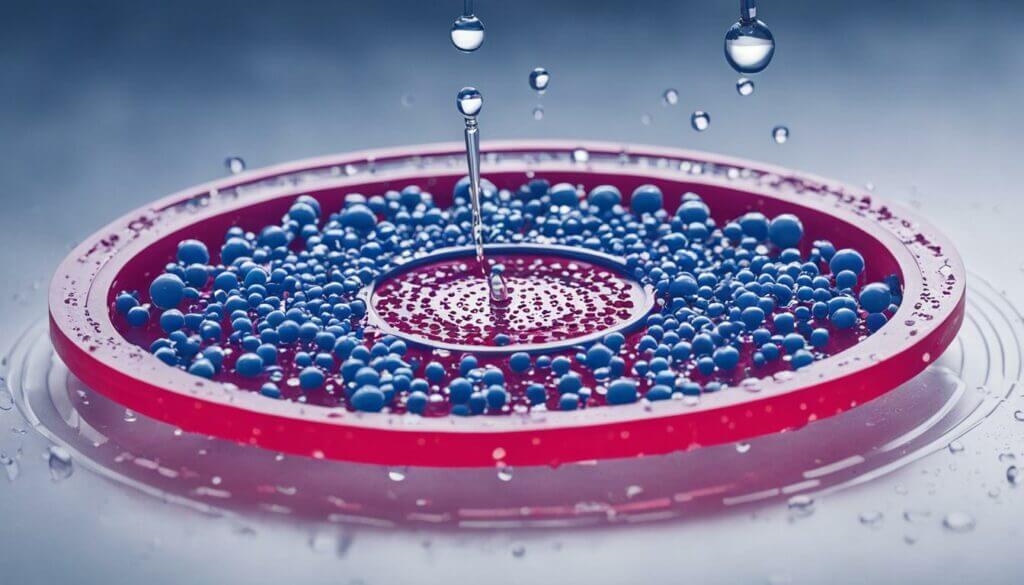
These characteristics of silicone not only extend the life of the instrument, but also significantly reduce the maintenance workload, thereby reducing cost and time investment. Because of this, the combination of superior quality silicone materials and advanced printing technology has proven to be themedical durabilityand an effective way to ensure the safety of the medical environment.
Why silicone is the material of choice for manufacturing medical devices
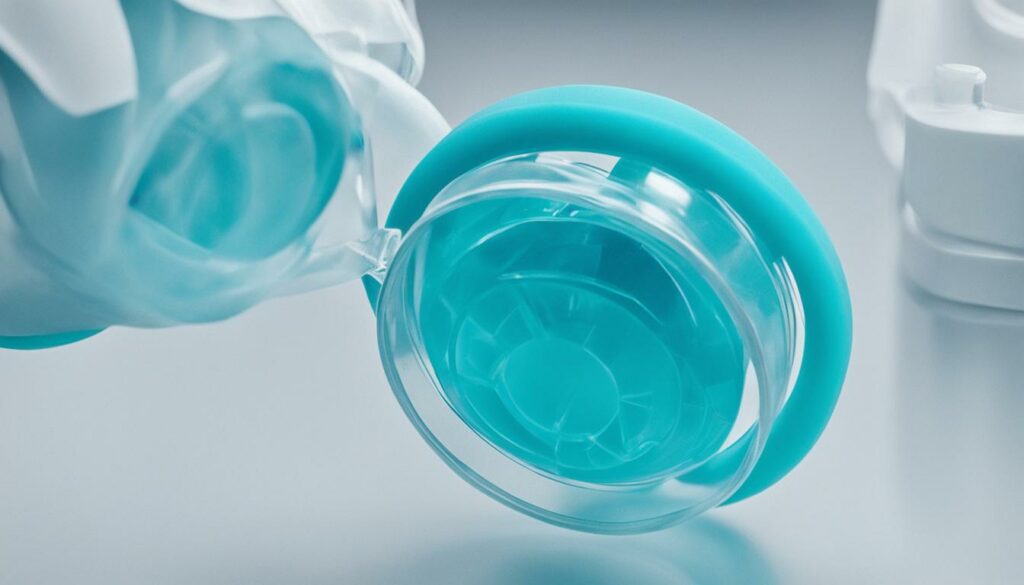
When it comes toMedical device manufacturing, silicone rubber relies on itsAdvantages of siliconeAnd it is highly praised by industry experts. You may ask why silicone is so popular. The answer lies in its diverse physical properties and chemical stability. Whether it is its high temperature resistance, resistance to chemical media, or its long-established safety - these are important reasons why silicone is the material of choice for making medical devices.
In the field of medical devices, from surgical tools to implantable devices,High quality siliconeIts wide range of applications is a testament to its versatility. This material is not only suitable for various environmental conditions, but also maintains stable performance even during rigorous disinfection and cleaning processes, ensuring the longevity and reliability of medical equipment.
The following is a table showing the important application areas of silicone in medical devices:
| Application areas | The role of silicone | Importance of medical equipment |
|---|---|---|
| implantable devices | Good biocompatibility, not easy to cause body rejection | Ensure patient safety through the biocompatibility of silicone materials |
| surgical tools | High temperature resistance, capable of high temperature dry heat or steam sterilization | Support high-standard sterilization process to reduce the risk of infection |
| Wearable devices | Good fit, waterproof, anti-friction | Improve user comfort and ensure normal operation of equipment |
| diagnostic equipment | High plasticity and soft touch | Make the testing process gentler and improve patient acceptance |
And these are just the tip of the iceberg. along withSilicone Manufacturing TechnologyWith the continuous progress, I believe that the performance and safety of medical equipment will be greatly improved in the future, and the advantages of silicone will be further explored and applied. This allows silicone to continue to maintain its irreplaceable position in the medical device manufacturing industry.
Chemical resistance and biocompatibility of silicone materials
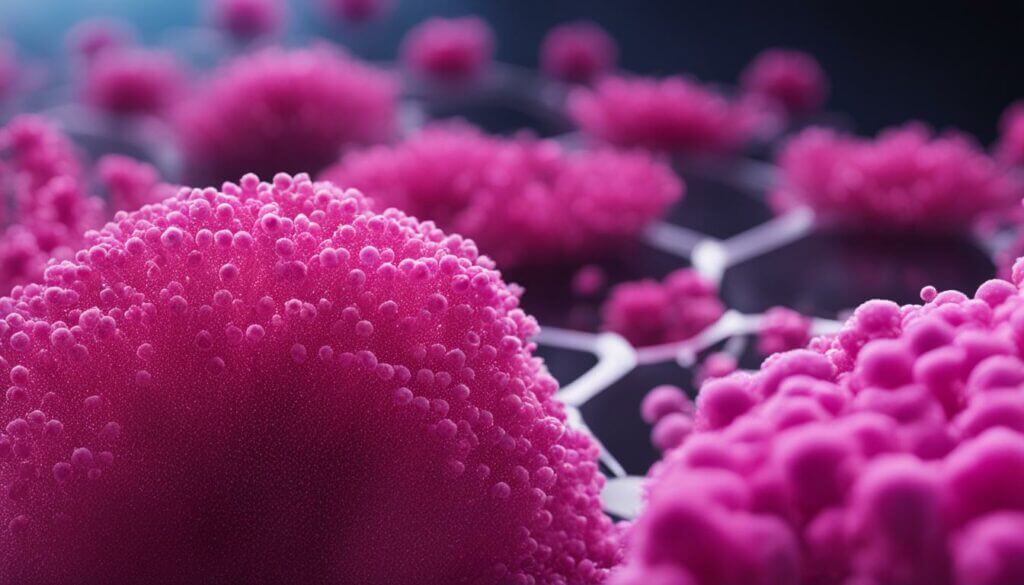
In the field of medical product design and manufacturing,biocompatibilityandChemical resistanceThese are two major factors that must be strictly considered when selecting materials. Selecting materials with these qualities is critical, especially for medical devices that come into direct or indirect contact with the patient's body.Medical siliconeIt shows significant advantages in these aspects with its excellent performance.
Medical silicones are excellent against a wide range of chemicals, including disinfectants and cleanersChemical resistancesex. In medical applications, this means products made from silicone can withstand frequent scrubbing and disinfection processes without losing their mechanical properties or surface integrity.
In addition, siliconebiocompatibilityIt ensures that it will not cause allergic or inflammatory reactions when in contact with the human body for a long time. This is particularly important for medical devices that require implantation or frequent skin contact, such as catheters, implants or monitoring devices.
In view of its vital role, Taiwan's medical equipment manufacturers will pay special attention to the quality and long-term performance of the material when choosing silicone as a production material, so as to provide patients with the safest and most secure medical treatments and care. .
Printing process of silicone parts in medical devices
In the field of medical devices with high standards,Silicone Part PrintingProcess precision and reliability are crucial. This section will explore how this technology ensures the accuracy of the medical labeling process and what impact this has on improving the quality of medical products.
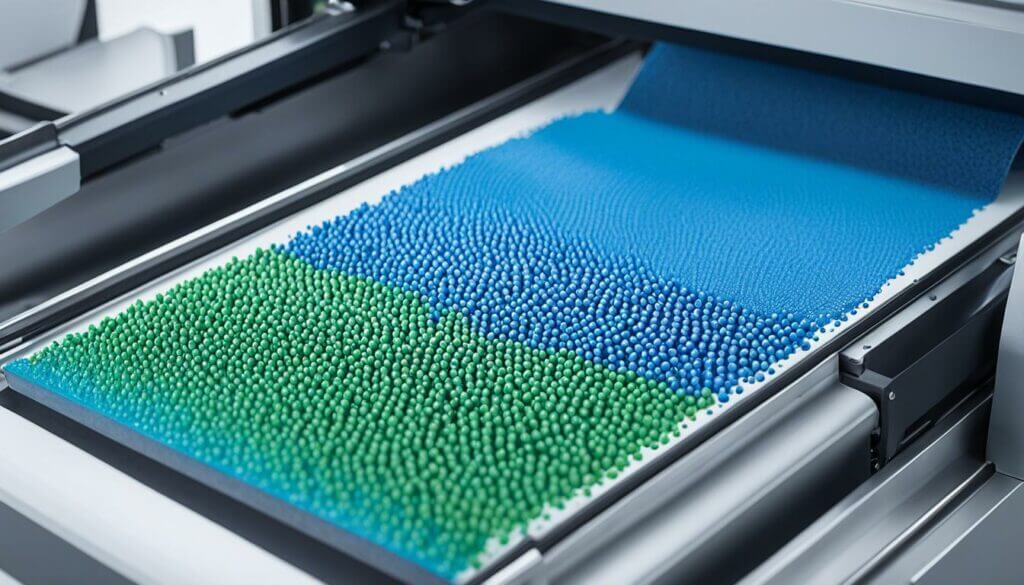
The application of precision printing methods in the manufacturing process not only makes the markings of medical devices clearer and easier to read, but also ensures the durability of printed information. The accurate presentation of test data and standard specifications on medical devices allows users to clearly obtain necessary information and effectively avoid usage errors.
| Printing Technology | Features | Application areas |
|---|---|---|
| Solid hot press molding | Rapid prototyping at high temperatures with good stability | Shell and hard label |
| Liquid injection molding | High accuracy, suitable for complex shaped parts | Small or complex silicone parts |
| Extrusion molding | Continuous production, high efficiency | Pipes and connecting parts |
These diverseMedical labeling technology, not only ensures product quality, but also significantly improves design freedom. In addition, as technology advances, these processes will continue to evolve to meet more stringent hygiene specifications and performance requirements.
Case study: Application of silicone printing on various medical devices
DiscussingSilicone printing caseAt that time, we noticed its diverse applications in the medical field, which shows thatPrinting technology applicationflexibility and innovation. For example, on high-precision manufactured medical devices, such as handles and operating plates, silicone printing, with its outstanding waterproof performance and durability, is used to create products that meet hygienic standards while providing users with a convenient experience.
Next, we will passMedical device application analysis, to gain a deeper understanding of the innovative applications of silicone printing technology in the medical field:
| Medical device category | Silicone printing applications | functional benefits |
|---|---|---|
| Handles and carts | Anti-slip coating and markings | Improve operational safety and identification |
| Monitoring equipment | Operation interface printing | Enhance interface protection and service life |
| Wearable device | Waterproof packaging and marking | Improve wearing comfort and device protection |
| Packaged car lights | Temperature resistant label printing | Ensure equipment works stably in extreme temperatures |
Hygiene standards for medical devices and adaptability of silicone
in Taiwan,medical instrumentsThey often come into contact with the patient's internal tissues or skin, so the hygienic standards for the materials used are particularly stringent. With its non-toxic and harmless properties, silicone not only complies with hygienic standards, but also has excellentSilicone adaptabilityand antibacterial properties, and are widely used in medical equipment as key components such as seals and implants.
It is necessary to ensure that medical equipment can continue to be kept clean during use and comply withMedical device standardsIt is a link that cannot be ignored. The high adaptability of silicone is reflected in its anti-bioadhesion properties, which effectively reduces the accumulation of bacteria and pollutants. Therefore, the use of high-quality silicone is crucial to improving the safety of medical devices and maintaining the cleanliness of the medical and health environment.
| health standards project | Properties of silicone | Related application examples |
|---|---|---|
| sterility | High temperature steam sterilizable | implantable medical device |
| biocompatibility | Material is soft and non-allergenic | Skin contact products such as bandages |
| Chemical resistance | Does not react with most chemicals | Laboratory analysis instruments |
| Antibacterial properties | Inhibit bacterial growth | surgical instruments |
Innovation of silicone printing in wearable medical devices
along withMedical technology progress,Wearable deviceIt has become one of the trends in health monitoring. Silicone, with its excellent softness and wear resistance, is actively playing an important role in this process. Silicone printing technology not only ensures the ergonomic design of the device, but also improves wearing comfort, making long-term monitoring more feasible.
In addition, siliconeSilicone InnovationIt is increasingly used in a wide range of applications and can withstand a variety of harsh environments, including extreme temperature changes and underwater use, providing a reliable data collection tool for sports enthusiasts or patients with specific medical conditions. The waterproof properties of silicone are also indispensable for improving the lifespan and usability of wearable medical devices.
When it comes to the innovative design of wearable devices, silicone printing technology makes the device lighter and closer to the skin. This design not only provides stable monitoring, but also reduces the burden on the user. The ultimate goal of these innovations is to provide users with accurate health data for better health management and improved treatment effects.
On the market today, there are many wearable devices made with silicone printing technology, such as smart bracelets, heart rate monitors, activity trackers, etc. Their emergence represents theMedical technology progressA major breakthrough, it provides users with not only the convenience of wearing, but also a new experience of healthy living.
Silicone printing improves equipment durability
As your most valued medical professional, when choosing medical equipment,Equipment durabilityUndoubtedly a key consideration. Silicone material is known for its excellentSilicone processing technology, plus being able toLong term operationIts characteristics have brought revolutionary progress to the medical field. The application of silicone printing technology not only extends the service life of the product, but also ensures that the device's functional integrity and appearance are maintained as new during continuous use and heavy cleaning procedures.
The following table further illustrates the impact of silicone printing on the durability of medical devices:
| characteristic | The impact of silicone printing | Contribution to equipment durability |
|---|---|---|
| High temperature resistance | Suitable for complex environments | Reduce material degradation caused by high temperatures |
| Chemical resistance | Resistant to many chemicals | Avoid equipment corrosion and extend service life |
| Durability | Sturdy and durable, reducing maintenance costs | High equipment reliability and sustained performance |
Future trends and innovations in silicone printing technology
As a professional in Taiwan, you must understand the importance of silicone technology innovation in the medical industry. This technology not only shapes current printing trends, but also guides future development directions. With the advancement of science and technology, silicone printing has progressed from handicrafts to automatic and mechanized high-precision production. This transformation has brought unprecedented efficiency and production quality to the medical device manufacturing industry you are familiar with.
In the future, silicone printing will be further combined with intelligence to create medical equipment that meets individual needs and is environmentally friendly. What innovative breakthroughs do you think will happen next? The table below outlines some promising innovation trends.
| Innovation trends | expected benefit | Sphere of influence |
|---|---|---|
| 3D printing technology combined with silicone | The production and production of customized medical devices is accelerated | Orthopedic implants, surgical tools |
| Intelligent induction printing | Instant testing and health monitoring | Wearable devices, home care |
| Research and development of biodegradable silicone materials | Environmental protection, reducing medical waste | Single use devices, implants |
| Super hydrophobic silicone surface treatment | Improve hygiene and reduce infection risk | Surgical instruments, conditioning tables |
These innovations not only help improve the overall effectiveness of the medical environment, but also provide patients with a better medical experience and safer treatment options. And you, as a leader in the industry, will be an important witness and participant in this leap.
Environmental Perspective: Sustainable Development of Silicone Printing
As society's awareness of environmental protection increases, you may be more concerned about the environmental protection and safety of products. Silicone as aEnvironmentally friendly materials, its application in the field of medical device printing not only meets the current environmental protection requirements, but also provides high-quality customized services.
Silicone’s low energy consumption during manufacturing and recyclability at the end of the product life cycle demonstrate itssustainable developmentThe advantages. Compared with traditional plastic materials, silicone's durability and non-toxicity further ensure its safe application in the medical field. It not only helps protect the health of patients, but also takes into account the impact of medical products on the environment.
In a region like Taiwan that has extremely high requirements for medical quality, usingSilicone environmentally friendlySuperior medical devices not only meet market demand, but also promote the development of the medical environment in a green and sustainable direction. Every medical product you choose to use that contains silicone is contributing to creating a cleaner, safer treatment space.
